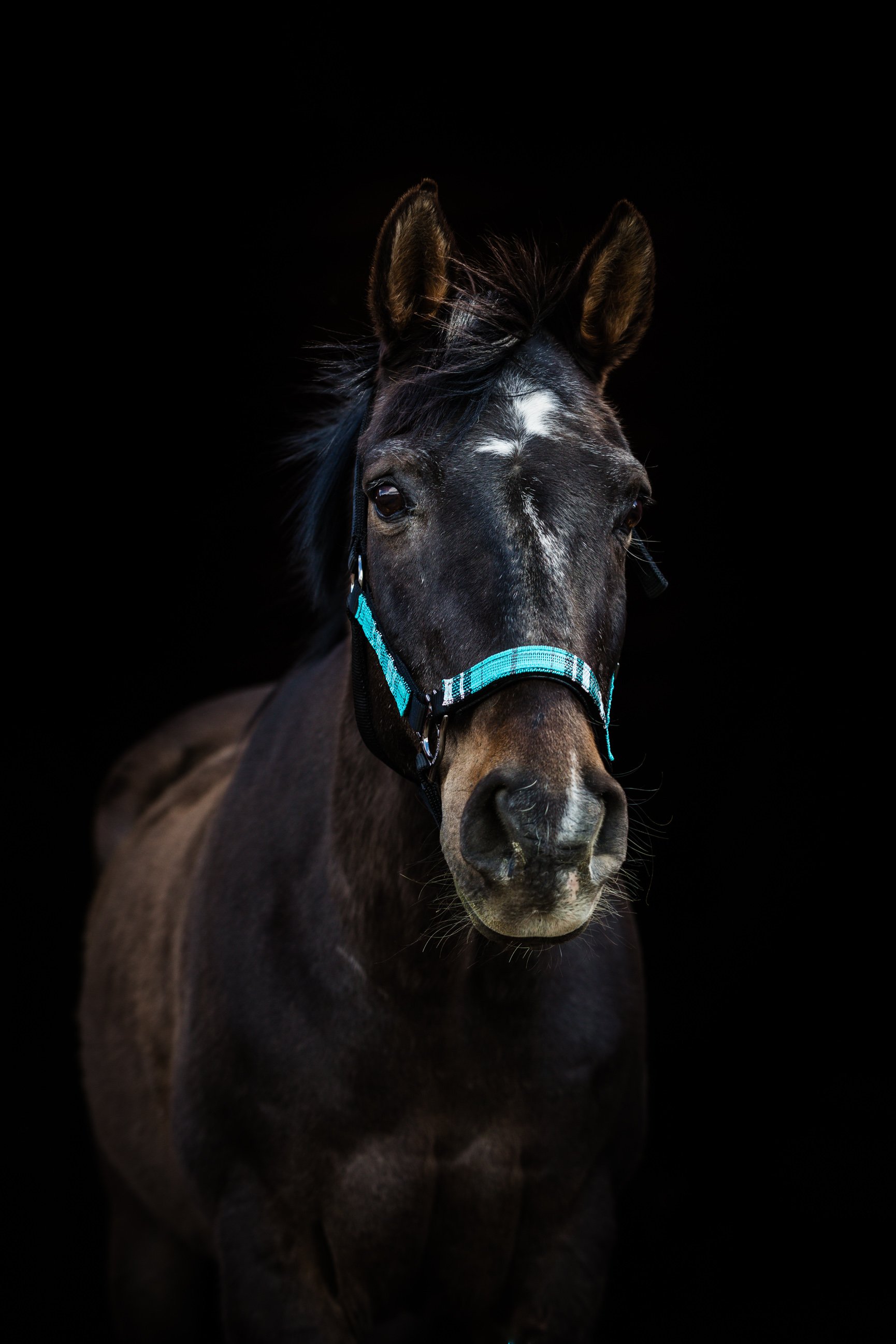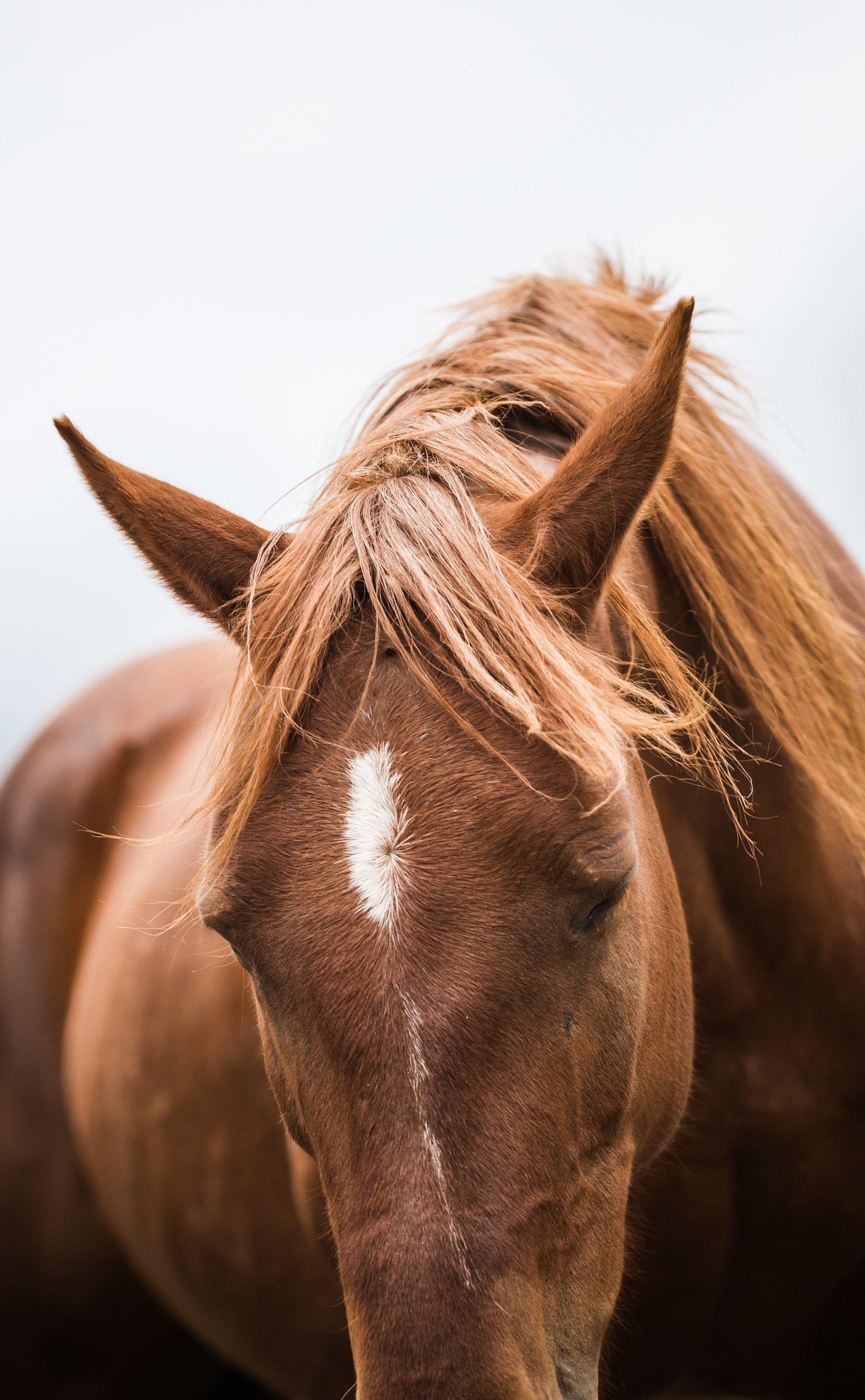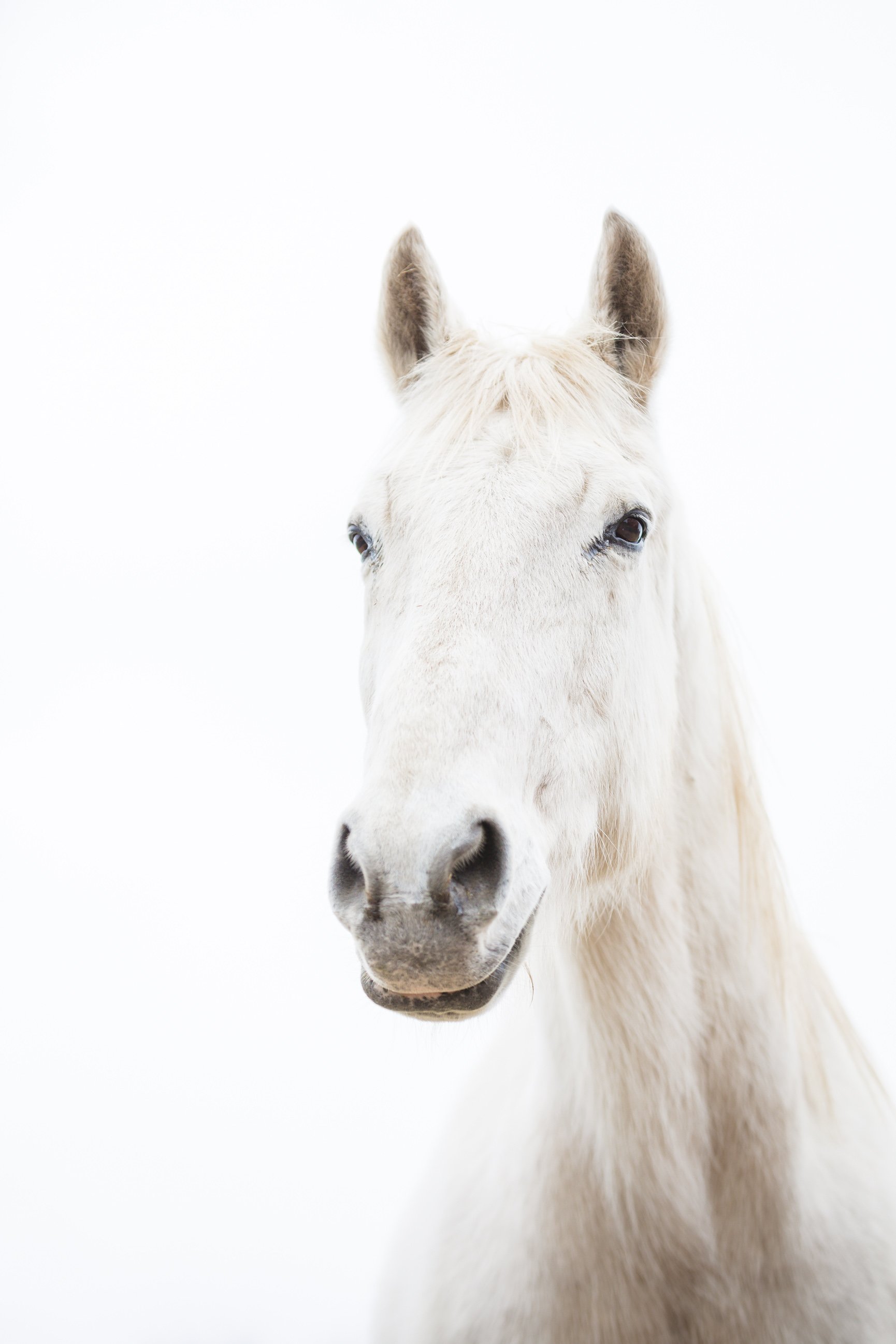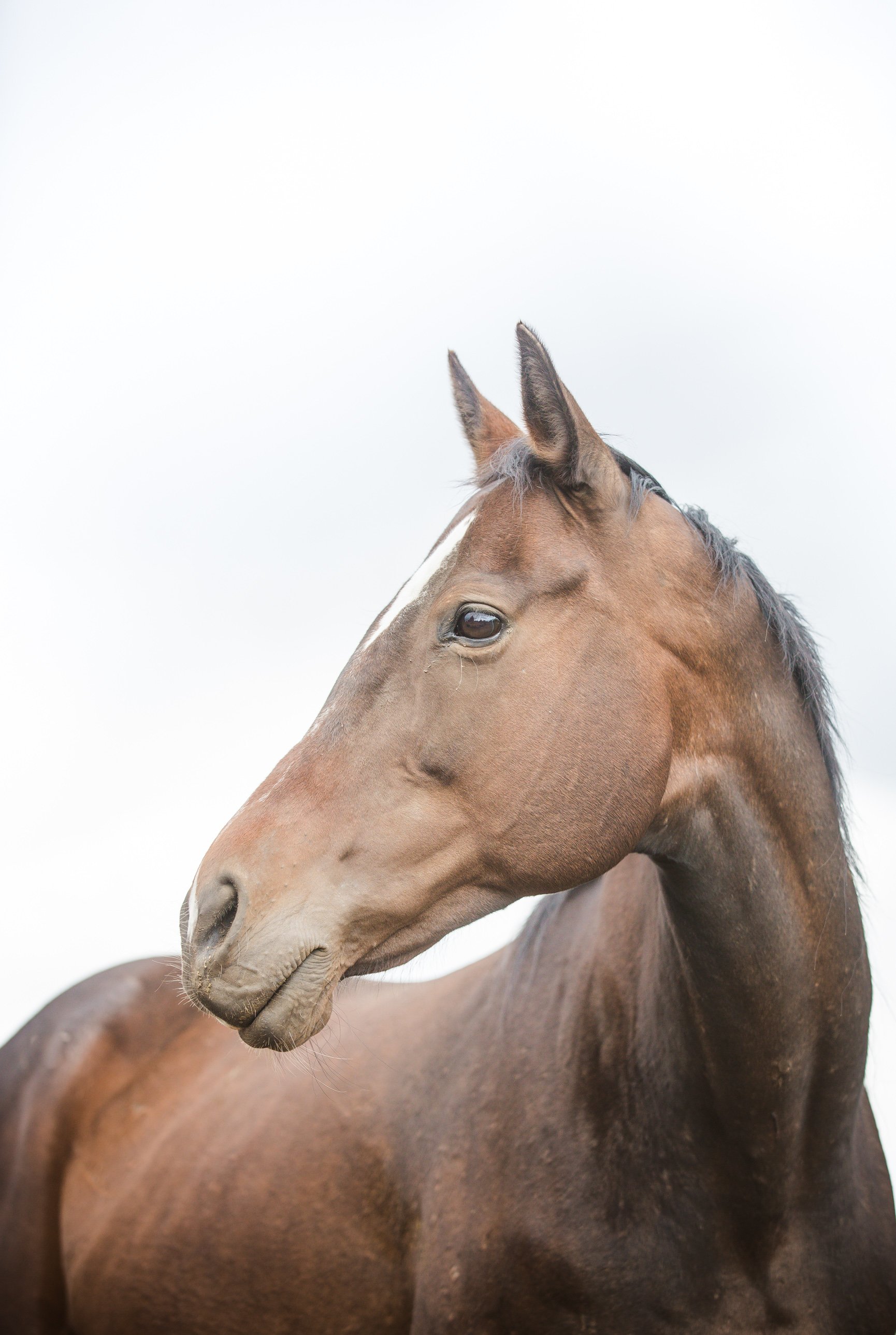What You need to know about Equine Herpesvirus 1 (EHV-1)
With 2 confirmed cases of the neurologic form of Equine Herpesvirus 1 (EHV-1) in Central Oregon within the last two weeks I thought I would write an educational post and share the information and resources I have found useful.
Equine Herpes Virus (EHV) is a common virus that occurs in horse populations worldwide and is named by number EHV 1, 2, 3, 4 and 5. EHV-1, 3 and 4 pose the most serious health risks to domestic horses.
Equine Herpesvirus Myeloencephalopathy (EHM) is the name given to the neurologic disease associated with EHV infections. There is not currently a vaccine for the neurologic form of EHV-1 therefore most important prevention of transmission is proper biosecurity measures.
- EHV-1: can cause manifestation of disease in horses, including neurological form, respiratory disease, abortion and neonatal death
- EHV-3: causes a venereal disease called coita exanthema that affects the external genitalia but has not shown to affect fertility
- EHV-4: Causes non-fatal upper respiratory tract disease in foals and is uncommonly associated with abortion and rarely with neurological disease,
- EHM: Results from widespread vascular or blood vessel injury after damage to the lining of the blood vessels or blood-brain barrier Neurologic signs result from inflammation of the blood vessels blood clots and death of neurologic tissue. Cases of EHM occur singly or can affect multiple infected horses. They may or may not be associated with a previous or ongoing EHV-1 respiratory or abortion disease outbreak.
How does EHV spread?
EHV-1 is contagious and is spread by direct horse-to-horse contact via the respiratory tract through nasal secretions. It can also be spread indirectly through contact with physical objects that are contaminated with virus including:
- Human contaminated hands or clothing
- Contaminated equipment and tack
- Contaminated trailers used to transport horses
- Contaminated wipe rags or other grooming equipment
- Contaminated feed and water buckets
The air around a horse that is shedding the disease can also be contaminated with the infectious virus.
Even though the virus can be airbourne but it is difficult to establish the distance the virus can spread in this manner under typical horse management and environmental conditions
How long can the virus live outside of the horse’s body? Including on tack, clothing, footwear, walls, buckets etc.
The virus can survive up to 7 days in the environment under normal circumstances but can remain alive for a maximum of one month under perfect environmental conditions. The most important measure is to first clean equipment and horse housing areas.
It is important to wash and rinse surfaces when possible prior to applying disinfectants. Cleaning allows for the removal of organic material, which makes the disinfectants more effective. After cleaning the surface, follow with a disinfection process. Fortunately the virus is easily killed in the environment by most disinfectants with conventional disinfectants and detergents being the best.
It is important to perform hand hygiene when moving between horses that are grouped separately to avoid spreading pathogens that may contaminate your hands
Clinical Signs
After exposure the incubation period may be as short as 24hrs, but is typically 4-6 days, or longer
Fever: EHV-1 typically causes a biphasic (two-phase) fever peaking on day one or two and then again on day 6 or 7.
Respiratory Disease symptoms:
- Nasal discharge
- Ocular Disease including uveitis and keratitis
- Coughing
- Variable enlargement of submandibular lymph nodes
Neurologic Disease Symptoms:
There is typically minimal respiratory signs with fever (rectal temperature greater than 101.5 degrees F) being the only warning sign
Neurologic disease appears suddenly and is usually progresses rapidly reahing its peak intensity within 24 to 48hrs from onset of initial neurologic signs
It is also important to mention that horses may develop EHM even without any preceding fever and/or respiratory signs
Clinical signs of the neurologic disease may include:
- Incooridination
- Hind limb weakness
- Loss of tail bone
- Lethargy
- Urine dribbling
- Head tilt
- Leaning against a fence or wall to maintain balance
- Inability to rise
How is EHM diagnosed
Diagnosis is based on both clinical signs and detection of the virus. Diagnostics performed by your veterinarian may include:
- Nasal swab collection for laboratory examination and detection of the virus by quantative poloymerase chain reaction (qPCR) assay
- Blood collection to detect virus by qPCR assay
- Blood samples should be collected 2-3 weeks apart for levels of antibodies specific to EHV-1
Is it safe to travel with my horse:
Consult your local and state/provincial veterinarian before you travel
I found this link useful to find reported infectious diseases per state https://equinediseasecc.org/alerts
Safety precautions are always recommended, even when an outbreak has not occurred. Biosecurity is important at all times. Refer to the AAEP biosecurity Guideline here https://aaep.org/sites/default/files/Documents/BiosecurityGuidelines_Sept2018.pdf
How do I handle horses returning from events where they may been exposed to EHV?
Any horse returning from an event should be isolated to prevent the spread of any infectious pathogen whether or not there is a fever.
If you handle a horse with EHV-1 and don’t wash your hands or clothing, the infection may be transmitted to other horses
A solution of 1 part chlorine bleach to 10 parts water is effective for decontaminating equipment and environment
Washing clothing in hot water with detergent and drying in a dryer is adequate and less damaging to clothing
If your horse develops a fever, respiratory signs or neurologic signs immediately notify your veterinarian and do not move the horse/horses in the immediate area
alert those who have horses in the adjacent area and cease all movement f horses in and out of the facility until a diagnosis is confirmed by testing and a targeted plan for the control of the spread of the disease is developed in consultation with your veterinarian
What methods of preventions can be implementated?
Two main methods are vaccination and biosecurity protection.
The goal of vaccination is to induce resistance to infection prior to exposure by producing strong and durable immune response without inducing clinical signs of the disease in the vaccinated animal. As previously mentioned there is not currently a vaccine to protect from EHM.
Biosecurity - means doing everything you can to reduce the chances of an infectious disease being carried onto your barn by people, animals, equipment or vehicles whether accidently or on purpose. Anything that touches an infected horse or sheds secretions from sick horses has the potential to transfer pathogens to other horses. Again the link for useful biosecurity measures can be found here: https://aaep.org/sites/default/files/Documents/BiosecurityGuidelines_Sept2018.pdf
You are the best protection your horses have
For an informational poster for your barn you can use this link: https://dapplebay.com/products/ehv-1-information-graphic-poster-11x17
References:
equinediseasecc.org




